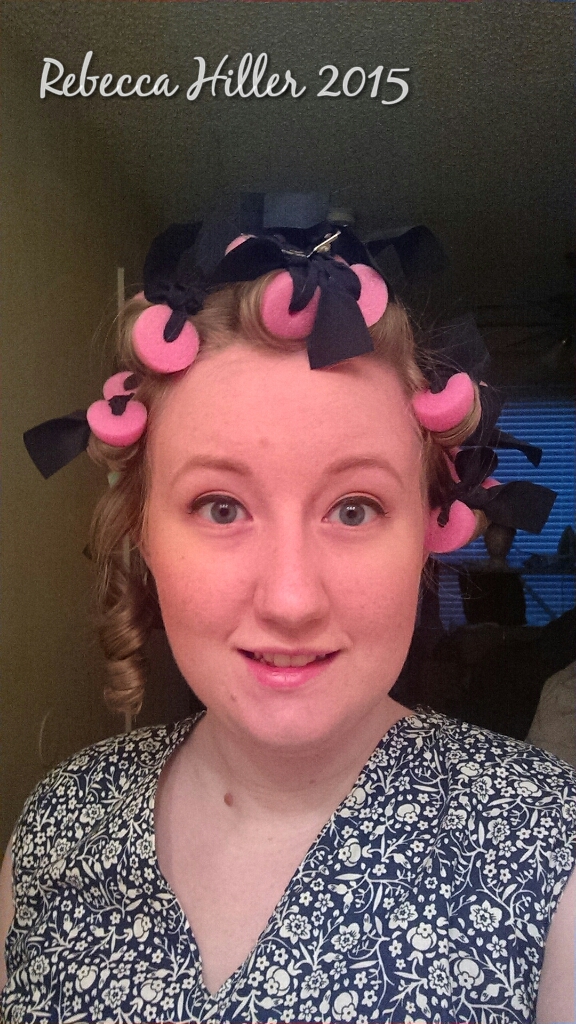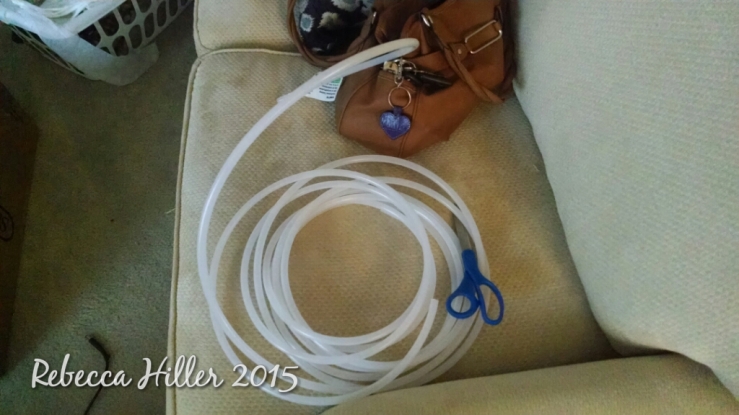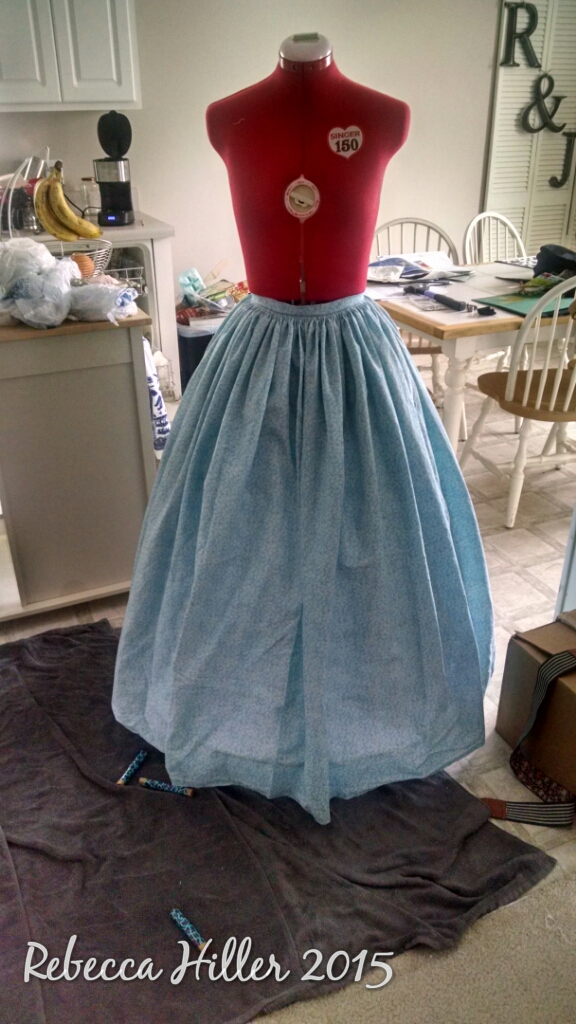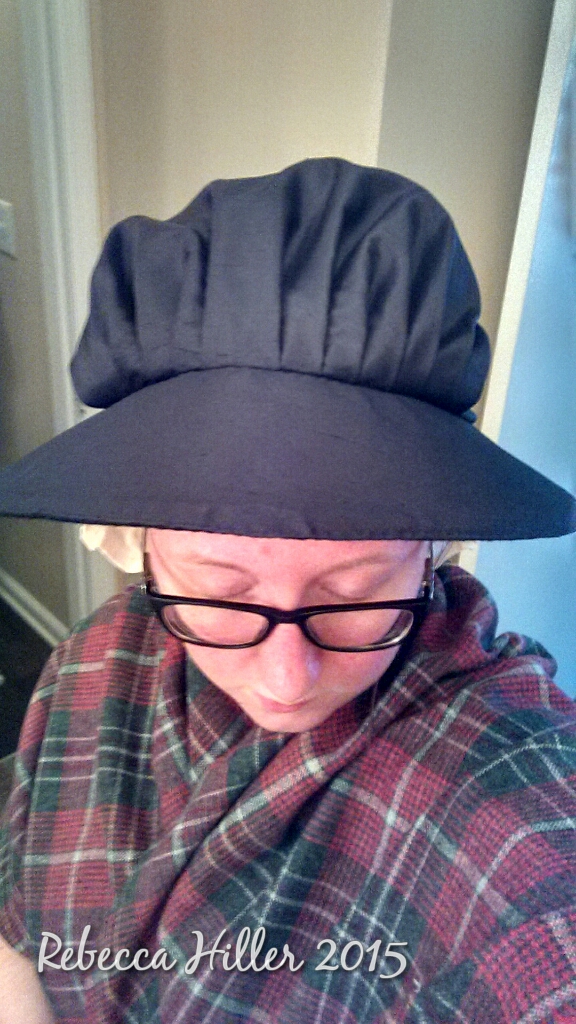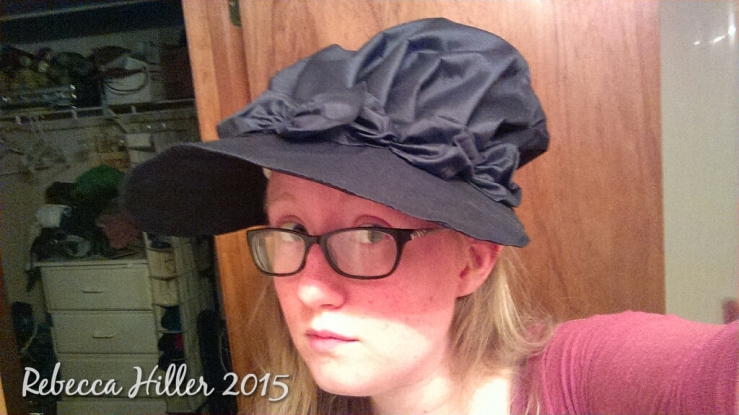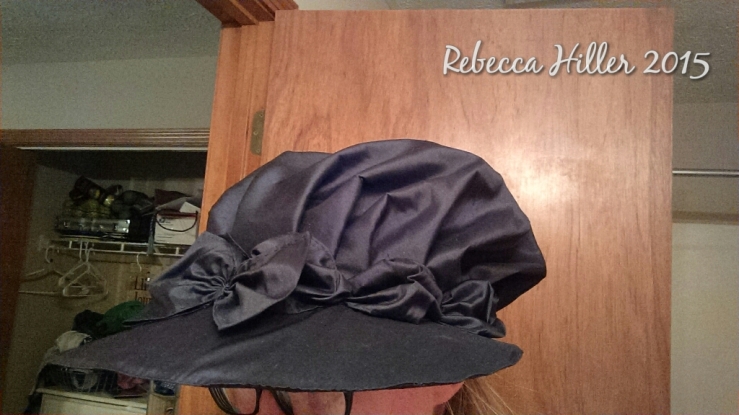Hardware stores are a treasure trove of DIY supplies, especially if you can think outside the box on how you use things. I have personally used a variety of hardware store materials for my costuming projects because I am on a budget, and also because I used to work at a hardware store where I saw things all the time that sparked my imagination about their different costuming uses. So I thought I’d make a list of some things I have successfully used in my own costuming projects. This post will primarily focus on materials, and I intend to explore all the different good and bad things about each material, and some of the workarounds that are possible to avoid common pitfalls of budget costuming. For a similar post about tools that can be used for sewing, check out Hallie Larkin’s blog post here.
(Note: Most of these are not historically accurate, but all of them can be used as alternative options if the most historically accurate options are not available or too expensive.)

Most historical costumers have heard of or jumped on the bandwagon of the “cable-ties-as-boning” trend. They can be bought in packages or coils, and in 1/4 inch or 1/2 inch widths.
Pros: They are relatively inexpensive, and easy to cut and shape compared to other boning types. The 1/4 inch widths are very good at approximating period widths of baleen, and the 1/2 inch widths can be used for pocket hoop panniers, lobster tail bustles, etc.
Cons: They (especially the 1/4 inch) come in fixed lengths, often too short for long-waisted stays or diagonal boning channels. The narrower widths work best when doubled in the channels, otherwise they are usually too weak to hold up to average figures. The wider widths do not approximate the look of any (18th century) period boning materials well, and often truncate or turn in any channel they are placed in, causing wear on the fabric and unsightly lines on the outside of one’s clothing. (I would only recommend them for possibly the back lacing area on stays or boning for 19th century corsets in a pinch, as steel boning often works much better for this application). The coils of 1/2 inch boning do not work well for most applications because they have a tendency to curl up and ruin the lines of anything they are put in. This can be remedied by heat-straightening them (which will be talked about later, and get its own tutorial blog post!).
What I have made from them: 1/4 inch- 2 pairs of 18th century stays and one set of Regency stays. 1/2 inch- an 1860’s corset.

Drop cloths have become popular in the home DIY community as alternative materials for slipcovers, curtains, and similar projects. I decided to try them as the hidden strength layer in my latest stays, as it is very similar to canvas from a fabric store.
Pros: Very sturdy and non-stretchy material. Worked really well in the way I used them, and could also be used for boned skirt supports like panniers. They can also be bought in many different sizes, so you can buy the amount you need (smallest size is around 6′ x 9′, or 6 yards for $11).
Cons: Cut edges fray, but that is normal for canvas. Some different brands have a small amount of artificial fibers. Finally, they smell really bad when washing for the first time, but it is necessary to prewash them because they have lots of sizing and other things that you don’t want next to your body.
What I have made with them: Two pairs of 18th century stays

I have heard one mention on a now-defunct site of possibly using trimmer line as an alternative boning material. This stuck with me for years and, in my most recent pair of stays, I decided to give them a try.
Pros: The width and dimensions of the trimmer line more accurately approximate reed or baleen boning. Depending on which brand and size you go with, (I recommend the pictured Ugly Line 0.095 for half-boned stays) the line can provide plenty of support and stiffness for most figures, especially larger ones. It is also easy to cut and tip, like cable ties. Truncating is not a problem like it is with cable ties, as line is round or triangular and just shifts position slightly, making it perfect for curved channels.
Cons: The width I used may be too much for fully-boned stays or slimmer figures, but you could always get a smaller line for those uses. Trimmer line only comes in coils, as far as I know, but heat-straightening should work for them too. The line I used comes in bright yellow, which may be an issue when not using a strength layer or thin top fabric, as the color may show through. Finally, since the trimmer line is round and not flat, it may add slightly to your measurements when wearing stays made with them.
What I have made with them: One pair of 18th century stays.

Chamois is one of several different kinds of leathers used as binding on 18th century stays. It is often available in automotive sections where it is sold for use as a buffing cloth for waxing cars.
Pros: The leather is very soft and easy to work with, and can easily be handsewn. The fuzzy texture of the leather makes any accidental pinholes disappear, which is an advantage over other kinds of leathers. It can easily be cut with normal scissors to any width you need, for both binding and seam welting.
Cons: The leather often comes in a maximum size of approximately 14” x 16” or so, so binding has to be seamed or pieced. Because it is a thinner type of leather, it may tear under high stress, but most applications should be fine.
What I have made from it: Binding for two 18th century stays, and about to use as lining for a pair of mitts.

Plastic/Vinyl tubing is not a very common material outside of the plumbing world, but its sturdy nature makes it suited for a variety of skirt support undergarments. Inspired by Leimomi’s tutorial here, I made an 1860’s style hoopskirt out of it, encased in fabric so the tubing is not seen.
Pros: It is very strong and resists bending, which makes it work well for holding up the weight of multiple petticoats. It can work for many different kinds of skirt supports, from large panniers to hoops to bustles (as long as the curves are not so sharp that they kink the tube and make weak points).
Cons: It does not look the least it period correct (as it of course is not), so if anyone might ever see your finished skirt supports, it is best to make a covered hoop. Also, it only comes in coils. The tubing REALLY resists any method of straightening it out, and I have only found one that safely works. You have to straighten it out by dipping it quickly in a pot of boiling water, and shaping it in its desired shape. Fear not, I saved plenty of pictures from the process when I made my hoopskirt, and I will write a tutorial post about how to do this very soon!
Have you ever used any hardware store materials in your sewing projects? Do you have any experience or tips about using the materials mentioned in this post? Please leave a comment below! I’d love to hear about what you did!
Rebecca
























